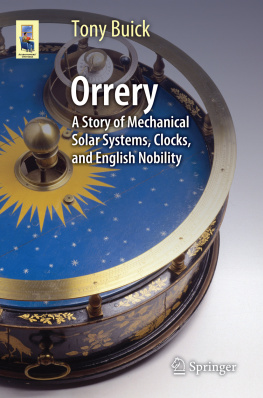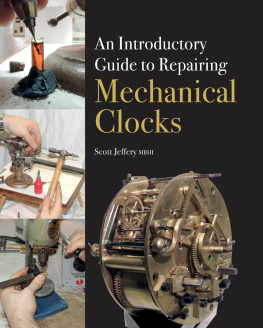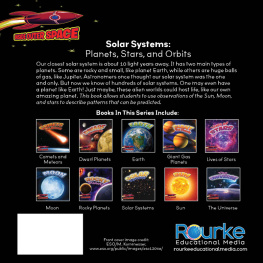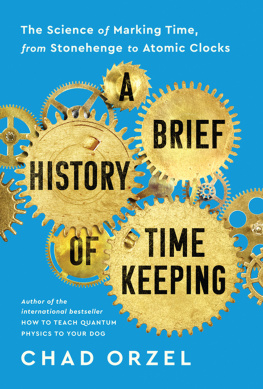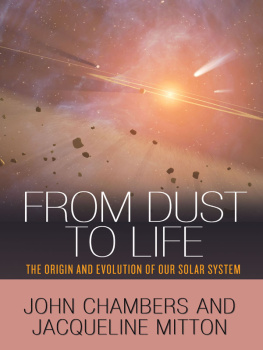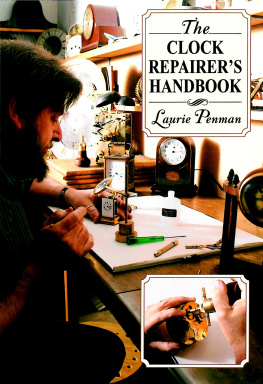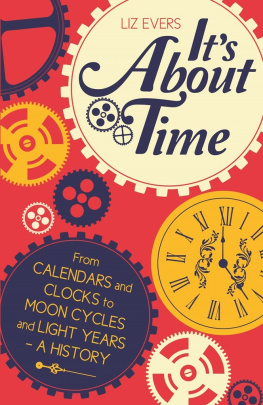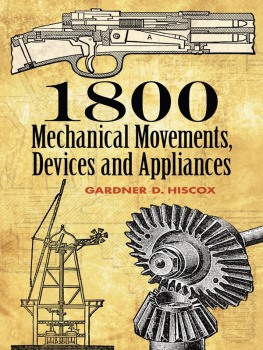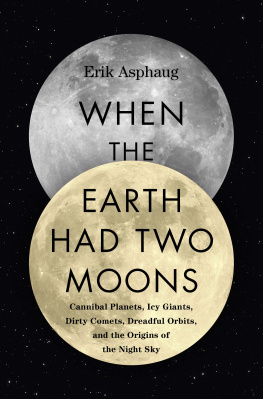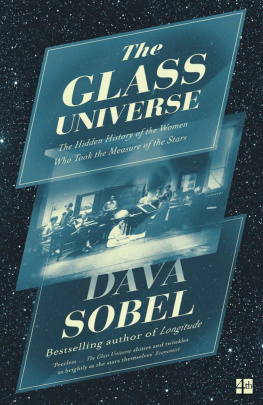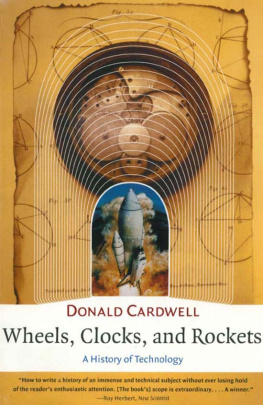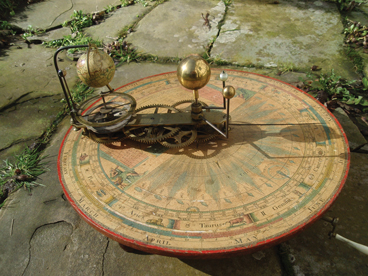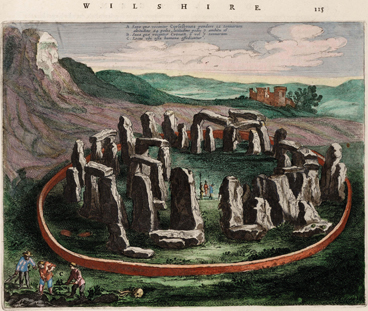What Is an Orrery?
An orrery is a working model that demonstrates the movement of the planets, often with their moons, within our Solar System. More details of the eighteenth-century example shown in Fig are given later.
Fig. 1.1
Example of an eighteenth-century orrery. (Photograph by the author with permission of Sir Patrick Moore.)
Although the principle of making one or two spheres revolve around another seems simple by modern-day standards, the first ones were works of technical and imaginative brilliance at a time of striving for ever better micro-engineering precision. Much of the effort during the early-to mid-eighteenth century was driven by the imperative to produce the most accurate clocks for seafarers and their navigation, and some clockmakers became the orrery makers. But the first such devices were not called orreries! They were tellurions, telluriums, or planetaria. They were later named after the fourth Earl of Orrery.
So how did nobility become involved for the tellurion to be forever labeled orrery? The names of key figures of the time, Graham, Rowley and Tompion, do not fall off the tongue lightly for most. That is even true for those familiar with orrery, but theirs is the credit for the essential dedication and skills developed to produce the attractive and appealing instruments. On its own the model was a small development, even a sideline, in the quest for better craftsmanship, accuracy and plain showing-off. But it sits at a key point within the story of astronomy from early humans staring at the sky in wonder and curiosity with an urge to make sense of all they saw right up to the modern-day achievements of space technology and understanding.
From scientific and lay observations there is no doubt about the major structure of the Solar System; local space travel and telescopes allow remote viewing of Earth and other planets to confirm its characteristics. But there was a time when such facts were not known, and hypotheses, religious pronouncements, myths and even guesses had to be made to account for the appearance and movement of the ever-present and constantly winking dots in the sky above. It is possible that the very first time anything up in the night sky was noticed was when our hominid species advanced to the more energy-efficient walking on two legs (bipedalism) instead of four (quadrapedalism), to take advantage of the vast savannah lands that replaced forests as climate changes took place. That would be around four million years ago, when the Australopithecus genus roamed and evolved in East Africa before spreading far and wide and then becoming extinct, but not before its branches played a significant role in the evolution of modern man, Homo sapiens sapiens .
Astronomy in Ancient Civilizations
Human curiosity and understanding had civilizations throughout the world heading in the same direction in terms of wanting to account for the movement of the stars, planets, Sun and Moon and knowing what it meant for their religions, destiny, surviving natures regular events and, naturally, personal power. To achieve that understanding, structures were built, simple and complex, to assist with observations and predictions. Outstanding among the ancient monuments is the World Heritage Site of Stonehenge in Wiltshire, England , which was possibly built by the people of the time of 3100 B.C. to define the summer and/or winter solstices through the alignment of particular stones with the Sun and the Moon. Possibly it was an astronomical observatory or maybe a religious monument; it might even have been a place of healing or a burial site. Recent studies suggest the possibility that the orientation of the stones was more to do with access to a river than alignment with the Sun. Figure is from the Atlas van Loon 1649. But even earlier than this, celestial objects proved to be fascinating for the very first high cultures we know of.
Fig. 1.2
World Heritage Site of Stonehenge in Wiltshire, England. (Credit: Image from the Atlas van Loon of 1649, Public domain.)
The wonderful and ancient names of Mesopotamia and Sumer began to emerge as archaeological evidence was unearthed dating from 5,000 B.C. onward to reveal the creation of a culture, very different from our own, building cities and forming a thinking society commonly described as the Cradle of Civilization . Mesopotamia, between the rivers, is a toponym for the Tigris-Euphrates river system corresponding to modern-day Iraq.
The earliest language used in Mesopotamia was Sumerian, and the early writing was cuneiform, or wedge-shaped, script. In fact, as early as 8000 B.C. , with the development of pictograms (picture writing), records were keptclay tokensthat eventually led to the cuneiform writing . Three wedges then a drawing of a bird meant three birds. Ten was represented by a circle. It was found by the Sumerians that wet clay could be neatly and accurately imprinted to replace scratching on stones, and since the cut reeds used as styluses best produced the shape of a triangle, or wedge, this became a basis of writing .
Cuneiform texts and artifacts that date back to about 6000 B.C. have been found in the valley of the Euphrates and are the earliest known attempts to catalog the stars and show star groupings such as the Lion and the Bull .
Baked clay was hard and very durable, hence the huge number of artifacts that have been unearthed and contributed to the collection of important archaeological evidence. Figure shows a cuneiform tablet and the text is a list of gifts from the High and Mighty of Adab (an ancient city located in modern-day Iraq) to the High Priestess on the occasion of her election to the temple. It has clearly been written by an expert scribe.
Fig. 1.3
Sumerian inscription on an ancient cuneiform tablet. (Courtesy of the Schoyen Collection, public domain.)
The Sumerians and Babylonians developed great skills at mathematics, astronomy and, essential for that time, astrology. Mathematics and science were based on a sexagesimal numerical system, i.e., to the base of 60 . They multiplied 60 by 10, then multiplied 600 by 6, and so on. The number 60 has the advantage of being divisible by 2, 3, 4, 5, 6, 10, 12, 15, 20, and 30. The Sumerians also divided the circle into 360. From these early people came the word dozen (a fifth of 60) and the division of the clock to measure hours, minutes, and seconds. Hence the 60-minute hour, 24-hour day and the 360 circle.

